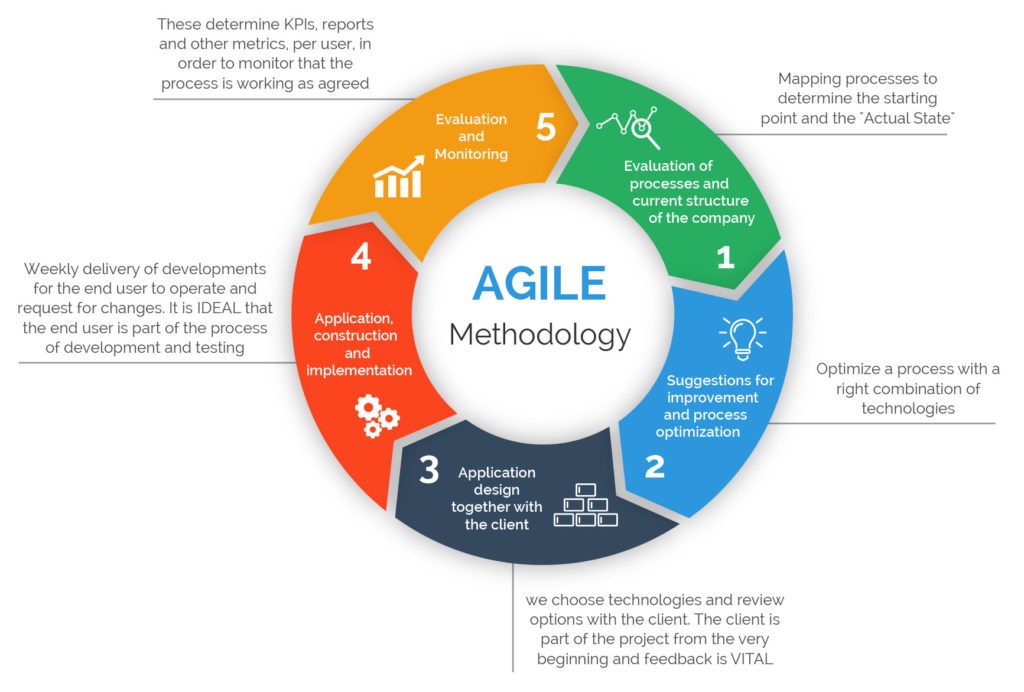
Among the many software development models practiced in industry, Thristha use of Agile delivers efficient and reliable capabilities; providing the highest return on investment through a highly flexible, adaptive, ad interactive process. Development work is divided into smaller increments that minimize the amount of up-front planning and design. The use of iterations, or sprints that typically last from one to four weeks allow for the dynamics of change to be readily incorporated. Each iteration involves our cross-functional team working in all functions: planning, analysis, design, coding, unit testing, and acceptance testing. At the end this process minimizes overall risk and allows the product to adapt to changes quickly.
Our distinctive use of the Agile/SCRUM incorporates adaptive models well suited for rapid, lighter and more user-centric, approaches – providing the flexibility required to meet cost, schedule, and performance requirements.
Product Owners, or systems leads, work closely with the team to identify and prioritize system functionality in form of a Product Backlog consists of whatever needs to be done to successfully deliver a working software system – better features, bug fixes, non-functional requirements, etc. With priorities driven by the Product Owner, cross-functional teams estimate and sign-up to deliver “potentially shippable increments” of software during successive Sprints, typically lasting 30 days.
Project progress is transparent and measurable, a key factor in communication and client satisfaction. Our project managers are deeply involved in project planning, release planning, Sprints, Sprint planning, daily SCRUM coordination and synchronization meeting, Sprint Reviews and Restrospectives. We also augment of Agile software development framework with Extreme Programming (XP), an agile software development framework that supports improved software quality and responsiveness to changing customer requirements. This technique produces frequent “releases” in short development cycles intended to improve productivity and introduce checkpoints at which new customer requirements can be adopted.
- Scrum
- Extreme Programming (XP)
- Kanban
- Release Planning
- Test-Driven Development
